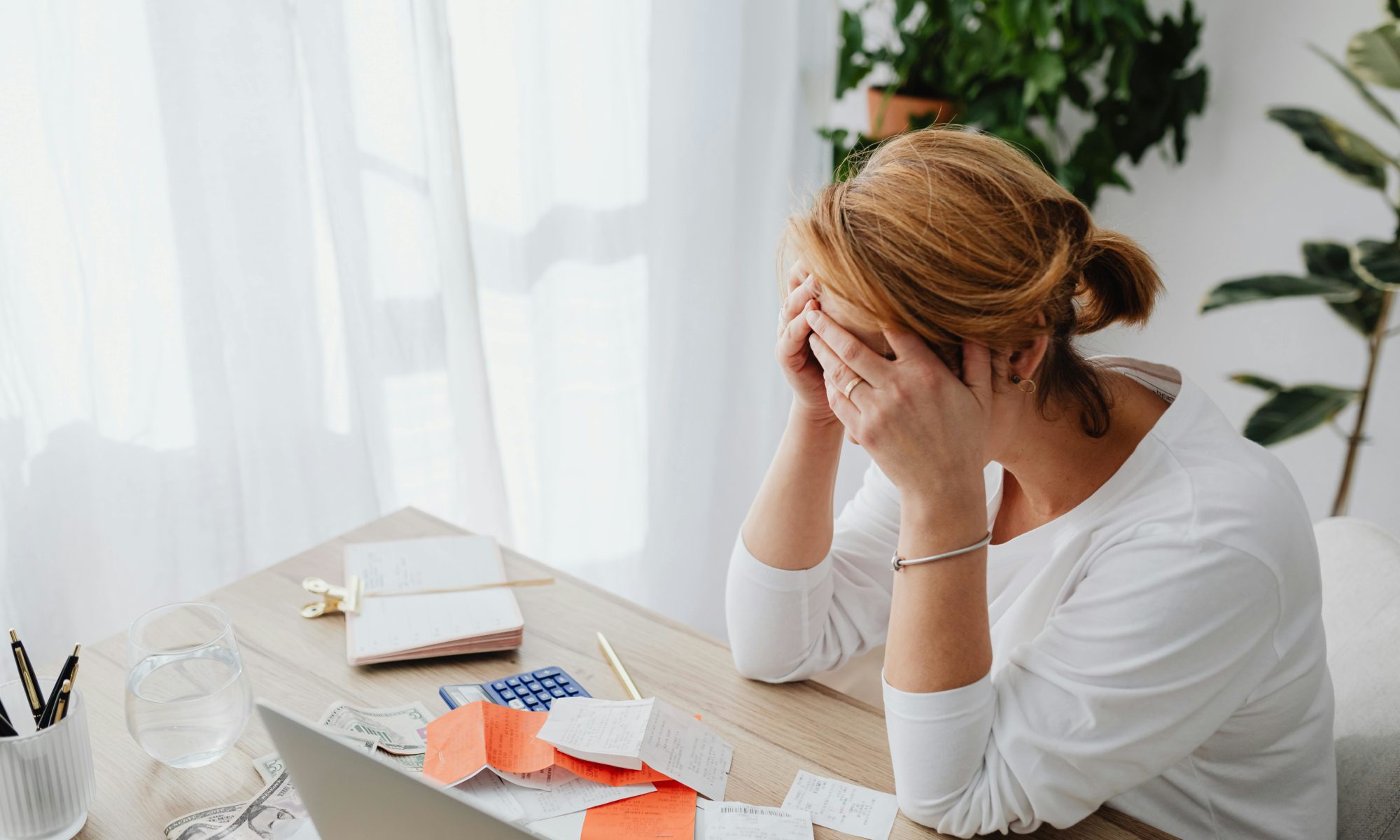If you’re reading this, you’re probably exhausted. The equal custody schedule you agreed to during your divorce seemed fair at the time, but now? It feels like you’re constantly shuffling your kids between houses, forgetting permission slips, and arguing over who picks up from soccer practice.
You’re not alone who is facing all of these. And more importantly, you’re not failing.
At 2houses, we work with thousands of co-parents, and here’s what we’ve learned: sometimes the “fairest” schedule on paper isn’t the best schedule for your actual life. Today, let’s talk about when it makes sense to move from 50/50 custody (where your child splits time equally between both homes) to a 70/30 arrangement (where one parent has the kids about 70% of the time).
This isn’t about one parent “winning” or the other “losing.” It’s about creating a schedule that actually works for your family.
Why 50/50 Custody Feels Right at First
When you first separate, splitting everything down the middle seems like the obvious choice. Both of you love your kids equally. Both of you want to be involved. And let’s be honest—50/50 also helps with child support calculations in most states.
For many families, equal custody works great. You both stay connected to your kids’ daily lives. You share the responsibilities. Your children maintain strong relationships with both of you.
But here’s the thing: what works for a 3-year-old might not work for a 10-year-old. What made sense when you lived five minutes apart doesn’t work when one of you takes a job across town. And sometimes, equal time doesn’t mean equal responsibility.
When 50/50 Starts Feeling More Like 70/30 (But Nobody’s Admitting It)
Let me paint you a picture. Does this sound familiar?
You’re supposed to have equal custody, but somehow you’re the one who is doing most of the things alone. Like:
- Remembers all the doctor appointments
- Buys the school supplies
- Coordinates playdates
- Handles the homework struggles
- Stays up with your sick kid (even on the other parent’s nights)
Meanwhile, your ex gets their 50% time but doesn’t deal with the day-to-day management. Or maybe they travel constantly for work and have to swap days every other week.
Your child is bouncing between houses four times a week. They’re forgetting their soccer cleats at the wrong house. Their grades are slipping because homework gets lost in the shuffle. They’re telling you they’re tired of “living out of a backpack.”
If you’re nodding your head, your 50/50 schedule might be creating more problems than it’s solving.
What 70/30 Custody Actually Looks Like
A 70/30 custody arrangement means one parent becomes the primary home base. Typically, this looks like:
Primary parent (70%): Has the kids on school nights and most weekends Non-primary parent (30%): Gets every other weekend (Friday after school through Monday morning) plus one evening during the week for dinner or an overnight
Your specific schedule might look different, but the idea is the same. Your child has one main home where they keep most of their stuff, follow a consistent routine, and don’t constantly pack bags.
When You Should Consider Making the Switch From 50/50 to 70/30 Custody
1. Someone Moved (or Is About to Move)
If you or your ex moves more than 1-2 hours away from the old neighborhood, those constant pickups and drop-offs become a nightmare. Your kid spends more time in the car than with either parent.
Courts understand this. Distance alone is often enough reason to shift to a 70/30 schedule.
2. Work Schedules Changed
Maybe your ex got promoted and now travels three weeks a month. Maybe you lost your job and have more flexibility now. Maybe one of you switched to night shifts.
When work demands make the current 50/50 impossible to maintain, it’s time to adjust.
3. Your Child Is Struggling
This is the big one. Is your child:
- Having more meltdowns than usual?
- Complaining about going back and forth?
- Forgetting homework or falling behind in school?
- Seeming anxious or withdrawn?
- Having trouble sleeping on transition nights?
Kids are resilient, but constant transitions are hard on them. If you’re seeing these signs, your child might need more stability.
4. One Parent Is Carrying Most of the Load
Be honest, who actually manages your child’s life? If one parent is doing 70% of the work but only getting credit for 50% of the time, the schedule doesn’t match reality.
5. You’re Constantly Fighting About Logistics
If every week involves text arguments about who’s picking up, who has what clothes, who forgot to pack the retainer, who’s taking them to the doctor. Your schedule is too complicated.
When You Definitely Shouldn’t Switch
Not every situation calls for a change. Keep your 50/50 if:
- Both parents are truly equal partners who share responsibilities fairly
- Your child is thriving under the current arrangement
- You live close to each other and transitions are easy
- Your only reason for changing is to reduce child support—courts see through this
- Your ex is a good parent and there’s no legitimate reason to reduce their time
- Your child is old enough to have a say (usually 12+) and strongly wants to keep things equal
It’s Not Always Easy to Change As Legal Things Involved Here
Here’s what most parents don’t realize: you can’t just decide to change custody on your own. If you have a court order for 50/50, you’ll need either:
- Both parents to agree to the new schedule (the easy way), or
- A judge to approve the change (the hard way)
If you go to court, you’ll need to prove two things:
First: Something significant has changed since your last custody order. Courts call this a “material and substantial change in circumstances.” This could be:
- A parent relocating
- Job changes that affect availability
- Health issues
- Your child’s needs changing as they grow
- Evidence that the current schedule is harming your child
Second: The new 70/30 schedule is actually better for your child. Not just more convenient for you.
You’ll need evidence. Keep track of:
- Your actual schedule for at least 2-3 months
- Who handles what responsibilities
- School attendance and grades
- Any behavioral issues
- Communication with your ex about problems
How to Actually Make the Change
Step 1: Have an Honest Conversation
Before you lawyer up, try talking. Pick a calm time (not during pickup) and say something like:
“I’ve been thinking about our schedule. I know we wanted 50/50 to work, but with everything that’s changed, I’m worried it’s too hard on [child’s name]. Can we talk about some options?”
Focus on your child’s needs, not keeping score.
Step 2: Try It Out Before Making It Official
If your ex is open to it, test the new schedule for a month or two before changing your court order. This gives everyone a chance to adjust and see if it actually works better.
Step 3: Use a Co-parenting app to Stay Organized
Our 2houses co=parenting app can help you:
- Share a calendar so everyone knows the schedule
- Track expenses and split costs fairly
- Message each other without endless text threads
- Keep all your co-parenting information in one place
When everyone can see what’s happening, there’s less room for confusion and arguments.
Step 4: Figure Out the Money
When custody time changes, child support usually changes too. The non-primary parent typically pays more in child support when they have less parenting time.
Look up your state’s child support calculator online to get a rough idea. Remember: child support is for your child’s needs, not a punishment.
Step 5: Make It Official
Once you’ve worked out the details, put it in writing. Even if you’re agreeing without going to court, you’ll want to:
- File a modification with the court
- Update your parenting plan
- Include details about holidays, vacations, and decision-making
Most states let you do this through mediation first, which is way cheaper and less stressful than a trial.
Final Words,
Listen, divorce is hard. Co-parenting is harder. And sometimes the schedule you started with just doesn’t work anymore. And that’s okay.
Switching from 50/50 to 70/30 isn’t giving up or being unfair. Sometimes it’s the most loving thing you can do for your child. More stability, less stress, fewer arguments, and a schedule that matches real life? That’s a win for everyone.
If you’re struggling with your current custody arrangement, trust your gut. You know your child better than anyone. If something isn’t working, you don’t have to just live with it.
And hey, you don’t have to figure this out alone. Whether you’re just exploring options or ready to make a change, tools like 2houses can help make co-parenting smoother. Because at the end of the day, you’re all on the same team: Team Do What’s Best for the Kids.
Need help managing your co-parenting schedule? Download the 2houses app and take the stress out of shared custody.










